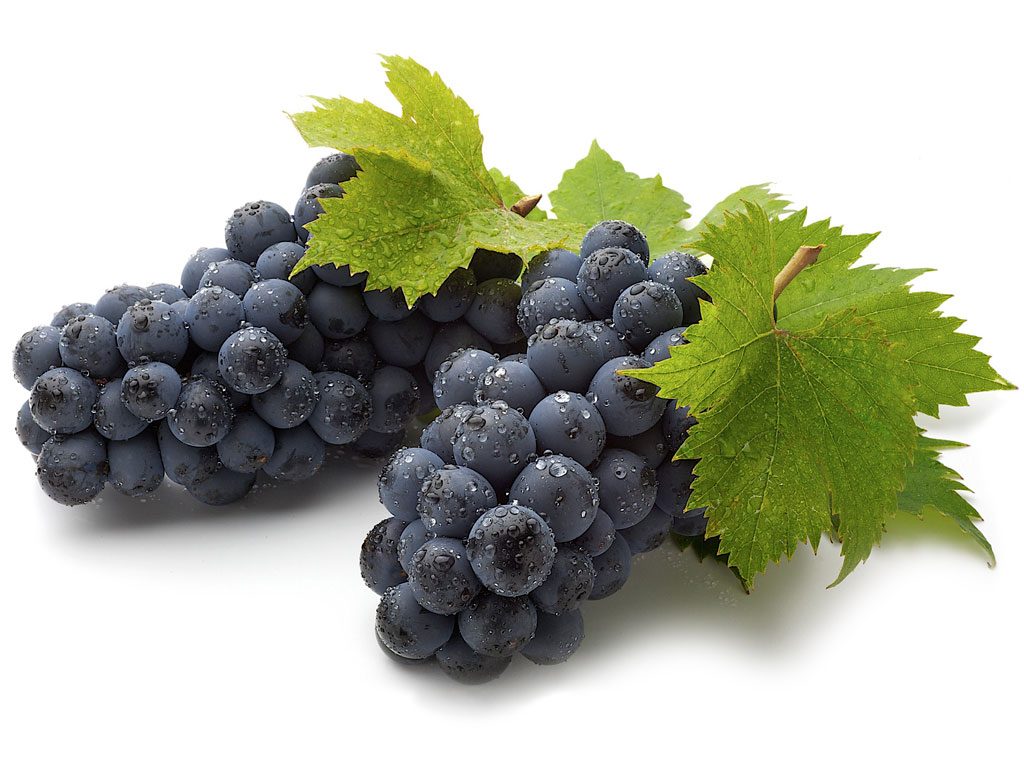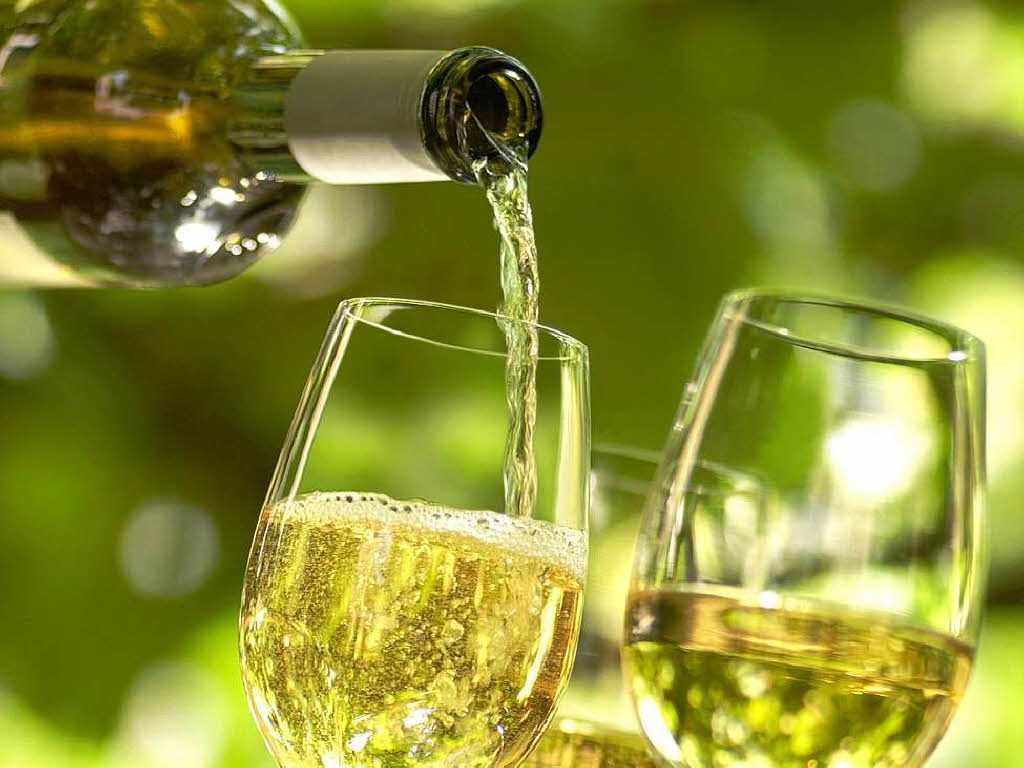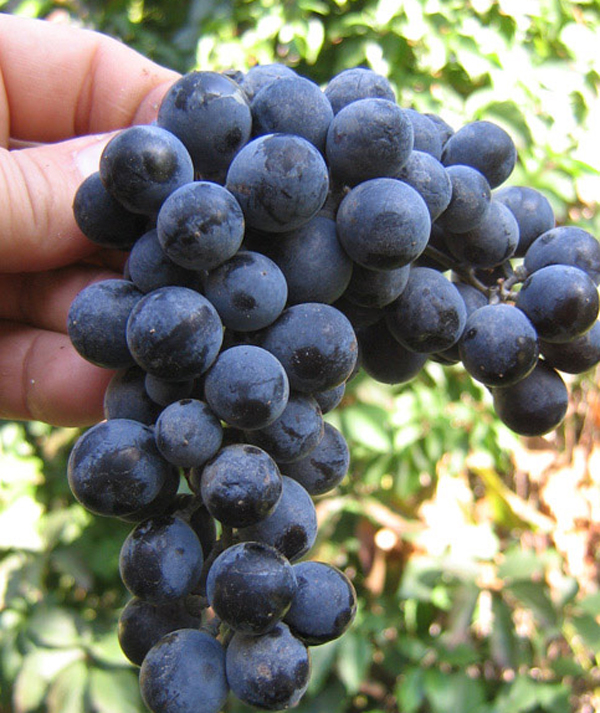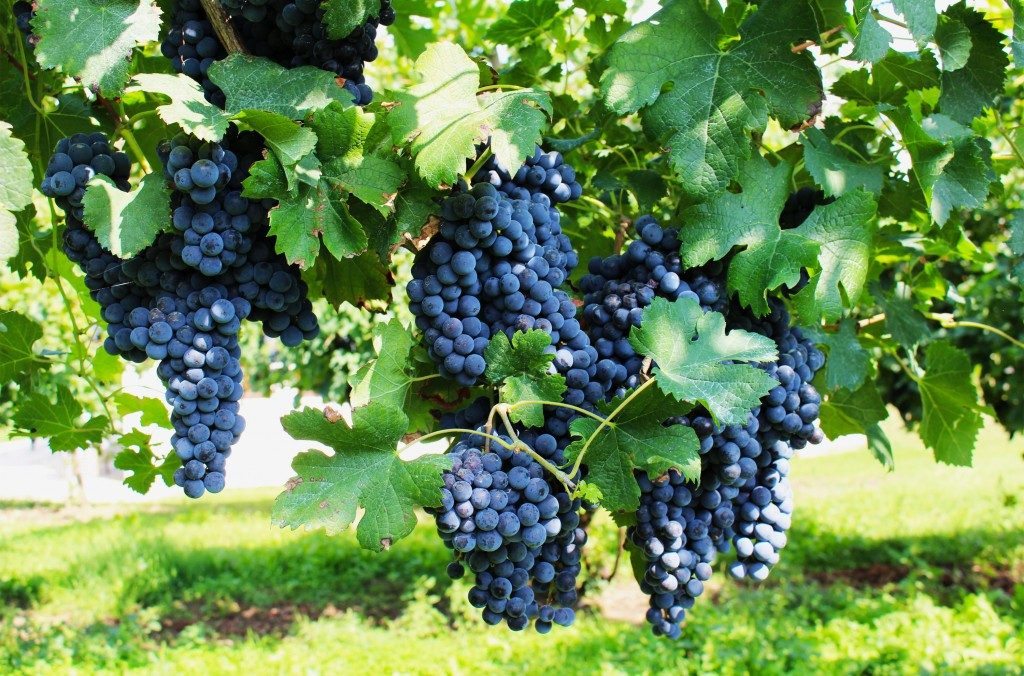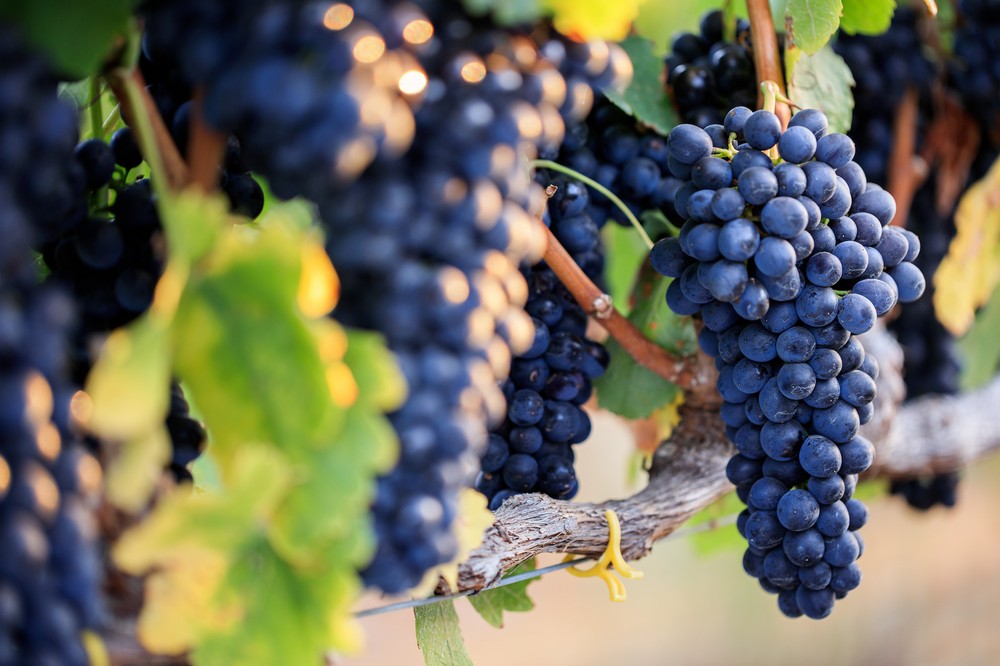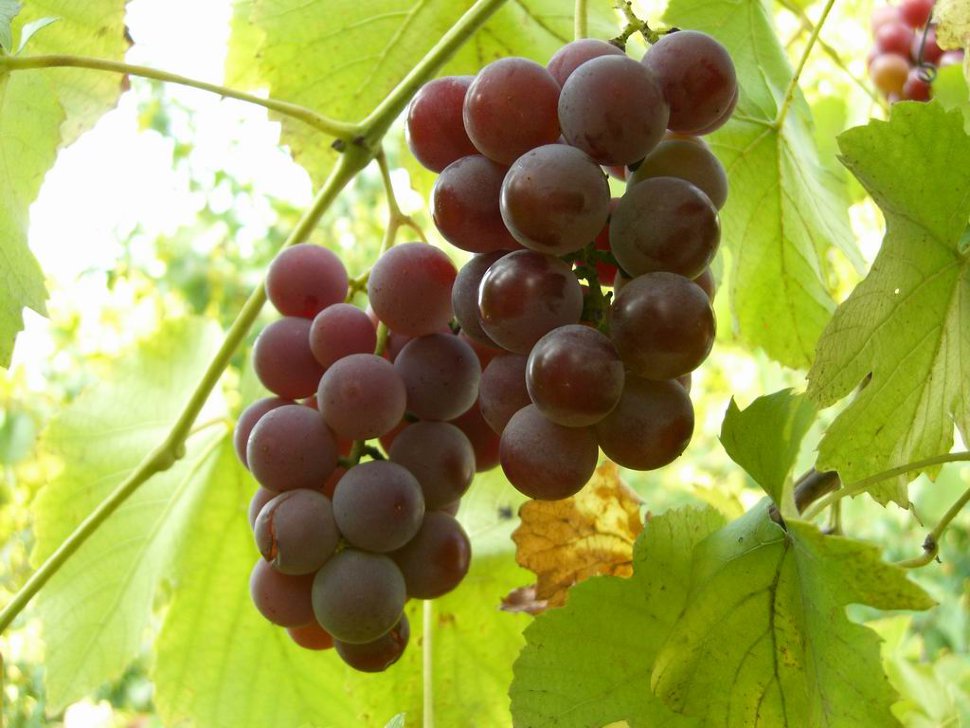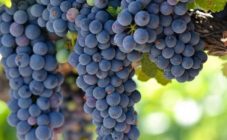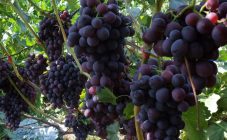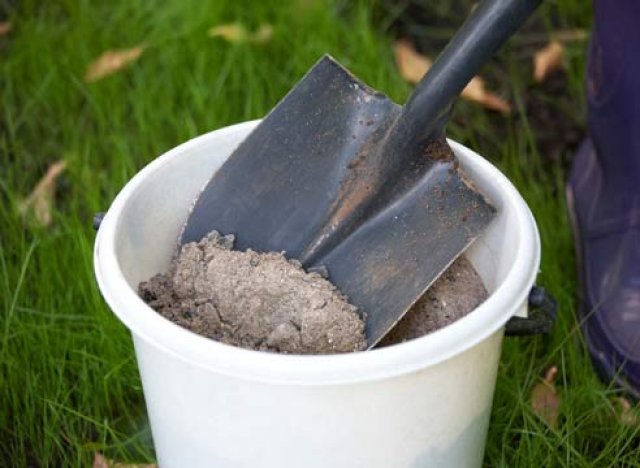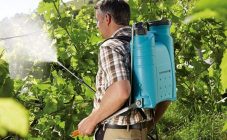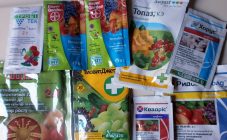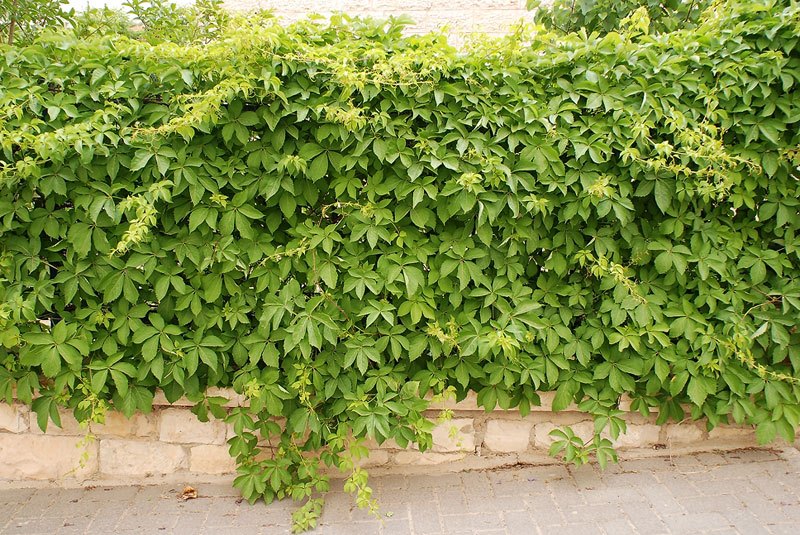Content:
Winemaking is one of the most ancient crafts. Over the centuries, the process of making wine has improved, new methods and technologies have been developed. But the basis of a high-quality, aromatic, intoxicating drink is always grapes.
Depending on the color of the grapes, their ripeness, weather conditions, the location of the vineyards, the type and quality of the future drink is determined.
So, from grapes that are more ripe and grown in a sunny place in warm weather, you get a sweet and strong enough wine.
Basic information about wine production
Depending on the specifics of production, there are several main types of wine:
- Calm. They are classified by the amount of sugar in berries into dry, semi-dry or semi-sweet, sweet.
- Sparkling. They are made according to the champagne principle.
- Fortified. Characterized by the addition of alcohol.
- Flavored. They are distinguished by the addition of various herbs, spices (vermouth).
- Fritzante. The peculiarity of this type is that it is bottled before the end of the fermentation process (Lambrusco).
Due to the color of the grapes, these types of wines are distinguished:
- white;
- red;
- pink.
The production technology depends on what grapes the wine is made from. But any kind of grape wine involves three main actions:
- Harvesting. The bunches are harvested dry, in the cool part of the day. Experienced growers prune the fruit at night before the dew falls. In addition, you should not collect all the fruits at the same time, this process should be carried out as it ripens.
- Calibration. It is necessary to select the right raw materials. Unripe, overripe, rotten or diseased berries are separated. They can spoil the quality of the future drink.
- Spin. The berries are separated from the ridges. Spinning is carried out with special presses. At this stage, the main differences in the production of white, rose and red wine lie.
For red, the berries are completely squeezed out, together with seeds and combs. The resulting wort is placed in a fermentation vessel. The tannins in the seeds and combs give the product a rich color and astringency. To reduce astringency, only berries are used for fermentation.
For white, fruits of light varieties are used. Only selected berries are pressed. You can use dark grapes, but squeeze out carefully to avoid the dyeing process - giving the resulting liquid color.
For pink, use the same varieties as for red. A fundamental difference in the choice of raw materials. For this type of drink, only berries are used that lend themselves to gentle pressing.
Fermentation should take place at a temperature of 20 degrees. Red wine additionally goes through a stage of marceration - the fermentation of the juice along with the pulp. After a few days, the liquid is filtered and it remains to ferment for another 10-14 days. White and pink ferments up to 10 days.
Clarification. After the end of the fermentation process, young wine is obtained. It is still cloudy and to give transparency and color saturation it can be defended and periodically filtered, or the centrifugation method can be applied.
This is followed by bottling.
Using these methods and having studied the nuances well, you can get a high-quality homemade drink.
The best grape varieties for wine
The most juicy, rich, aromatic grape varieties for winemaking are grown in France, Italy, Spain, Georgia. Viticulture in these countries is developed at the highest level - thanks to ideal climatic conditions and soil characteristics, long-standing traditions of winemaking. Abkhazia in this regard practically does not lag behind, being in approximately the same climatic region as Georgia. It is only logical that the reference wine varieties come from these regions.
For making wine, a technical type of grape is used - it has a richer taste and aroma, with a subtle hint of astringency. The size of the bunches and berries is smaller, and the amount of juice is greater than that of table varieties.
What grapes make white wine
There are several varieties that are popular all over the world.
Chardonnay. It is considered the reference white grape variety for wines from Western Europe. The exact origin is not known. It is possible that it was bred by crossing the known varieties of Pinot noir with Gue blanc.
On the basis of Chardonnay, drinks are produced with extraordinary fruity notes. It is also used in the making of champagne.
Main characteristics:
- large clusters (up to 1 kg), golden berries, slightly elongated;
- good frost resistance - up to -20 degrees;
- high drought tolerance, but sensitivity to excessive moisture;
- average resistance to disease.
Muscat. One of the oldest varietal grapes, native to the Middle East. It won its popularity due to its excellent taste with an unobtrusive nutmeg aftertaste. It is characterized by a high sugar content.
Short description:
- medium-sized clusters - up to 0.5 kg;
- berries are not very large, light yellow in color;
- vulnerable to disease;
- does not tolerate long heat and low temperatures, waterlogging;
- requires feeding.
Pinot blanc. The legend of Burgundy winemaking. It is appreciated for its versatility of use - it can be used to produce still and sparkling, dessert and table wines.
Some features:
- high productivity;
- versatility of tastes;
- small clusters - up to 200g;
- berries are light green with a yellow tint;
- recommended for the production of young wines.
What grapes make red wine
The most striking representatives suitable for creating the best varieties of red grape wine are the following.
Pinot noir. Elite black grapes of French origin. It is famous for its multifaceted taste.
Description:
- small bunches, dark blue berries, clear juice;
- moderately sweet, aromatic;
- sufficiently resistant to disease.
Saperavi. A very worthy Georgian variety from the famous Alazani Valley. On its basis, such popular drinks as Kindzmarauli and Saperavi were created. Harmonious taste and exquisite aroma make the product unique.
Features:
- small clusters - up to 150g, small berries, blue-violet;
- high yield;
- frost resistance;
- good disease resistance.
Sangiovese. An exquisite Italian variety. Gives special piquancy to the drink.
Specifications:
- bright blue color of berries, small clusters;
- thermophilic, does not tolerate temperature changes;
- picky about the soil.
Mourvèdre. A popular variety from Spain. It is characterized by high yield, pleasant taste, and various applications.
Description:
- medium-sized bunches, rounded berries of a pleasant dark blue color;
- picky about watering;
- resistant to high temperatures;
- not picky about soils.
The best varieties for growing in central Russia
Not all known grape varieties can take root and bear fruit well in Russia. But you can grow a good harvest and create excellent homemade wines in ordinary suburban areas. One has only to pick up varieties adapted to Russian climatic conditions.
Some varieties are adapted for cultivation in the central and southern regions:
- Isabel. It is characterized by a powerful vine and root system. Frost resistant. Has a rich taste. Used to make red and rosé wines.
- Lydia. A versatile variety. Differs in large, pink with a purple tint, berries.
- Dobrynya. Large red grapes of Russian selection. It has proven itself well for cultivation in central areas. Not whimsical to weather conditions and soil characteristics.
- Odessa black. Conquered with a special thorny flavor and rich wine color. Popular in the southern regions due to its stable yield.
- Friendship. An early white variety of domestic selection. Resistant to disease. Withstands frosts down to -23 degrees. It is characterized by high sugar levels.
- Crystal. Hungarian, white, recommended for cultivation in the south of Russia. Not picky about soil, weather conditions, withstands frosts well, does not get sick. Photophilous - grows poorly in shaded areas. Contains a large amount of juice.
- Platovsky. Reminiscent of the famous nutmeg variety. The berries are small, pale yellow in color, sweet and juicy. A high-yielding, rarely ailing variety that can withstand almost 30-degree frost.
Winemaking is a rather laborious process that requires special knowledge, patience, and capabilities. But the right choice of wine varieties and the desire to explore the peculiarities of viticulture make this craft exciting and attractive.
